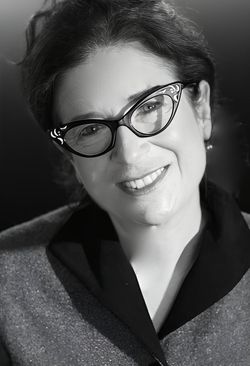The New Business, a Year Later
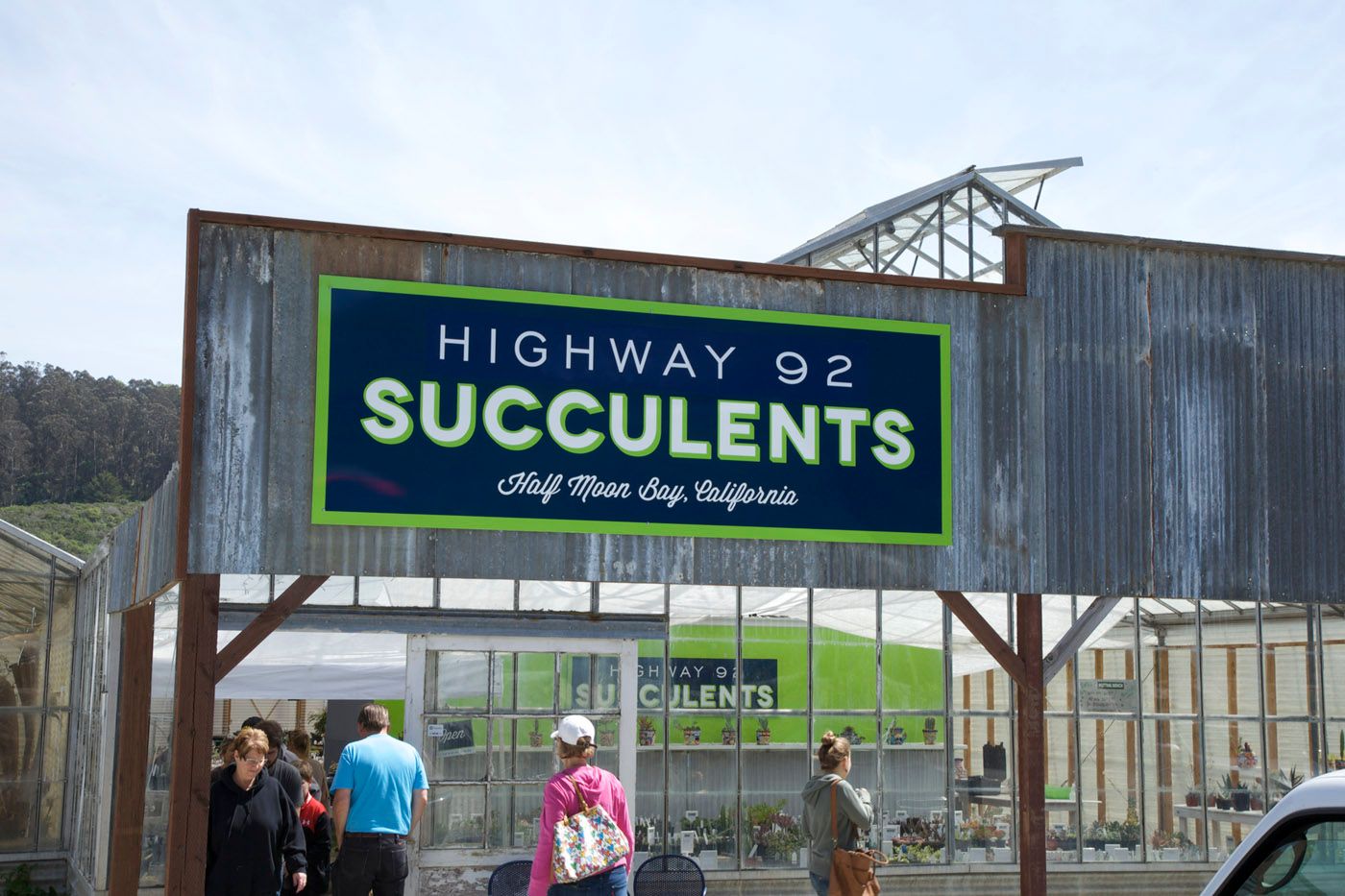
It’s been a year since “The New Business” launched; there have been changes! Vertical Succulents became Highway 92 Succulents in January, and customers responded with great support. Take a look at the space below, one year after I signed the lease!
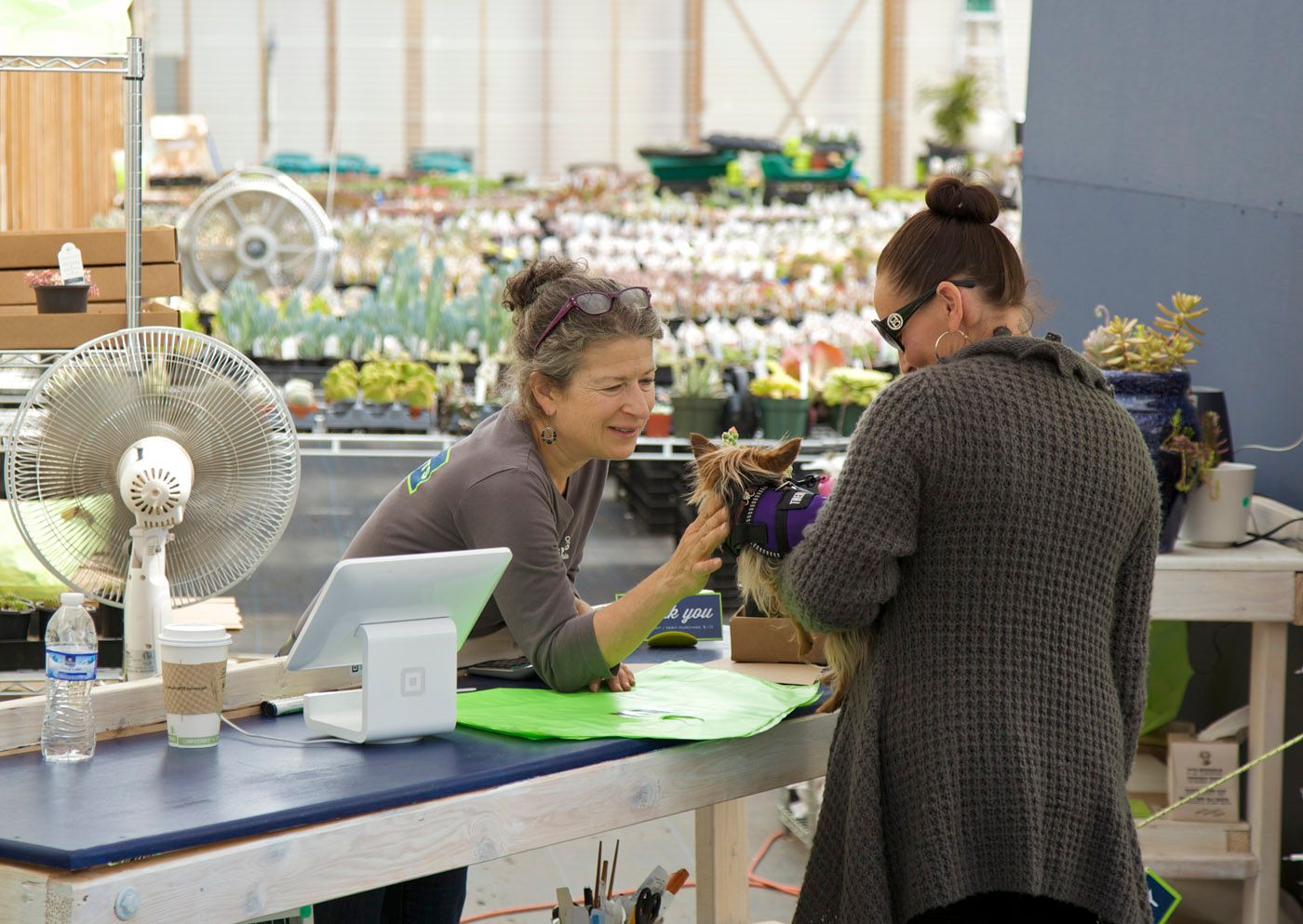
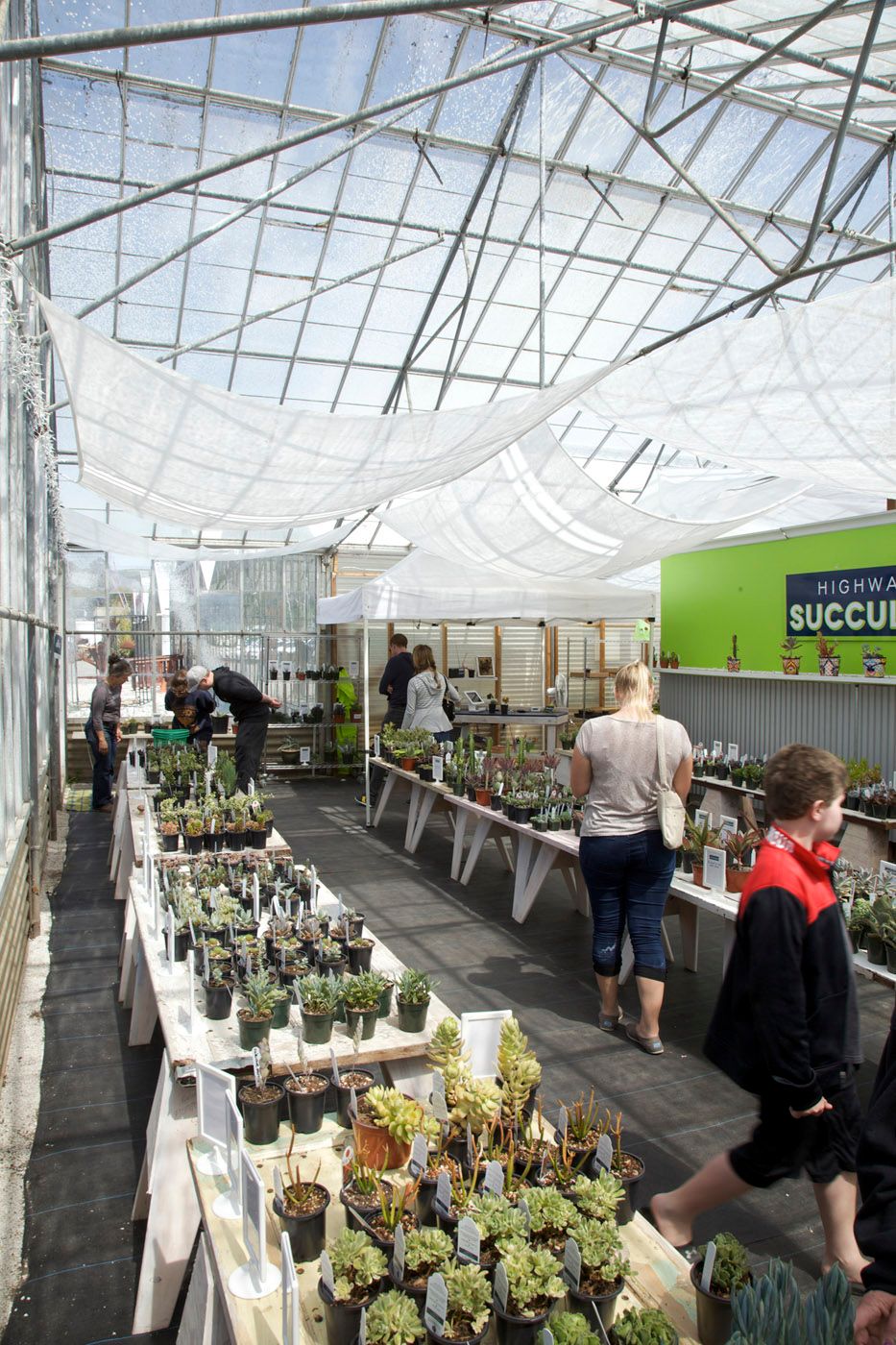
This year the business participated in the Filoli Mother’s Day Flower show. Here’s a bit about it.
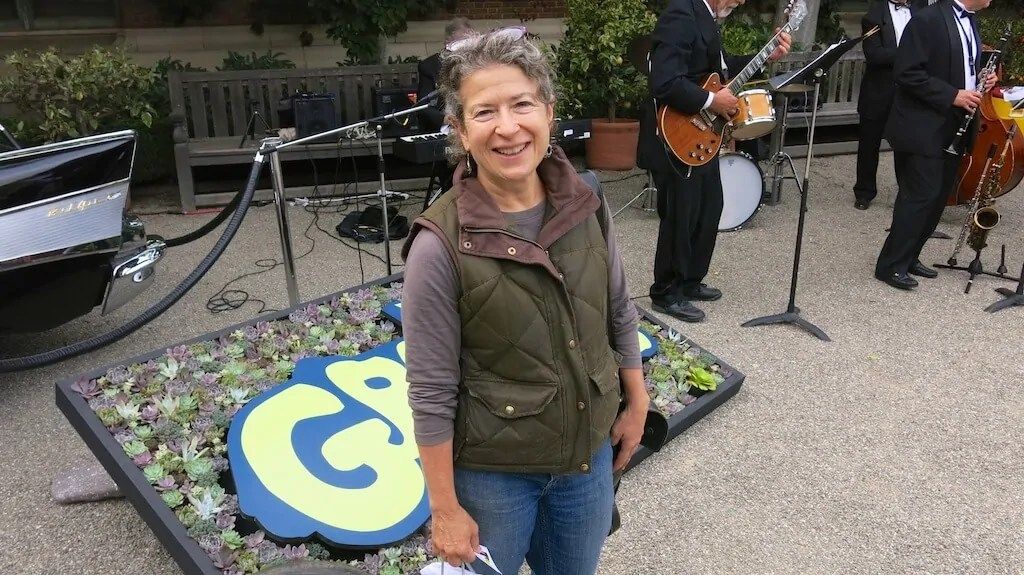
A year ago my photographer-friend Kim Smith accompanied me on a visit to Filoli. I was writing a filler article for SVCN and she was taking the requisite five photos. They were just getting ready for the Mother’s Day Flower show. I never imagined that – in one year – I’d return as a nurserywoman with my own exhibit. Who knows what the coming year will bring?
Kim came to the special 2014 Flower Show Preview and Exhibitor Reception, and again, took photographs – enjoy!
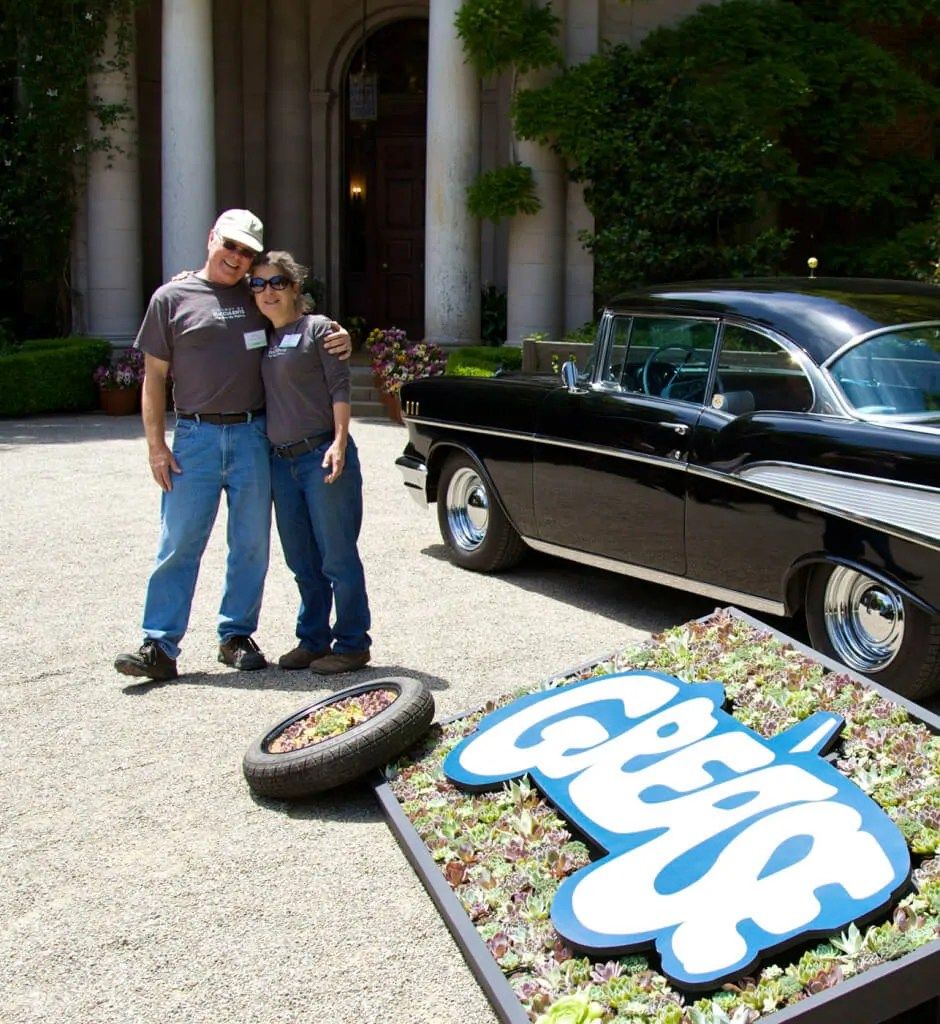
Here’s the article I wrote in May, 2013: Filoli, Woodside
Each year, Mothers’ Day is celebrated at Filoli, and it’s a good week to remember the women who nurtured the lovely garden.
Filoli was built in 1917, as a retreat for the Bourn family. Patriarch William Bourn II made a considerable fortune in investments that included the Empire Gold Mine — the most productive – continuing in operation until 1956. He also owned controlling interest in the Spring Valley Water Company, the privately held monopoly on the San Francisco water supply.
When it came time to join fellow railroad, banking and industrial magnates in the good life on the San Francisco peninsula, Mr. and Mrs. Bourn commissioned Willis Polk, architect and Bruce Porter, artist. Porter earned a reputation for fine interior design, murals and stained glass windows. His role on the Bourn project was to articulate garden “rooms” to compliment the architecture of the house.
The collaborative effort between architect and garden designer resulted in an estate with interior and exterior spaces flowing seamlessly, and the plan is largely in tact today. Isabella Worn came to the project to create striking floral compositions within the framework. Her work delighted visitors.
Known as “Bella”, Worn thrived at a time when women had little opportunity for formal horticulture training, and even less opportunity for a career in garden design. She excelled. She never stopped studying. She had a sixth sense for finding garden blooms that would become popular with the owners of the grand estates, and they’d showcase her flowers in arrangements throughout their homes. She was a woman in demand and attracted elite clients.
Isabella Worn was herself born to a comfortable life. Her grandfather, James Ross, had acquired a land grant for Rancho Punta de San Quentin in Marin County, and the town of Ross is named for him. Her father, George Austin eventually oversaw the family enterprises and properties, including a flourishing lumber business.
Isabella grew up loving plants, and because her family was well connected to San Francisco society, started her business engineering elaborate flower displays for lavish affairs. Her reputation grew quickly and the Bourns recruited her to work at Filoli. It was a good partnership; Bella preferred clients with enough money to fully implement her designs. She took on other clients too: she became an advisor and supplier to the well-heeled garden owners of Hillsborough, Woodside, San Francisco and Carmel Valley.
At Filoli, Worn was charged with choosing bedding plants, coordinating seasonal color, and designing other garden features.
When the Roths purchased Filoli in 1937, Lurline Roth asked Bella Worn to stay on. Under Roth’s patronage, Worn diversified the garden with hundreds of camellias, rhododendrons, roses, magnolias and rare plants. Roth’s passion for the place and Worn’s ingenious designs gave the garden depth and texture. Roth adhered to Worn’s plans after her death in1950.
In 1977, speaking of their partnership, Lurline Roth said:
“Originally, Miss Worn did all the planting for the garden, under the direction of Bruce Porter, and continued until she became too busy with other work, and then she resigned. Later, Bella was able to come back and take-over again, continuing until she died. Under her guidance, I learned so much, as she made me feel that the garden was mine, which might be difficult for one in a supervisory position. We put in the swimming pool area and moved the yew allée back of the swimming pool from up near the orchard. We also did all the planting behind the pool.”
As the garden gained worldwide renown, Lurline Roth was awarded several honors, including the Distinguished Service Medal for the Garden Club of America, for her achievements as a collector and propagator of plants. The formal garden at Filoli is named the Lurline B. Roth garden in her honor.
In 1950, Isabella Worn’s death was morned by many of San Francisco’s most distinguished families, with whom she had worked. From Filoli, Mrs Roth wrote:
“I will always think of her in this garden. Perhaps it would make her happy to know how many loving friends she had. Everyone misses her. She spent her life doing sweet things for others; that was her way.
Isabella Worn brought enthusiasm, passion, and an artistic sense of color and design to her work in gardens and floral arrangements, bringing pleasure and delight to her clients who, invariably, became her loving friends.”
Today the 654-acre estate is a California State Historic Landmark, and is listed on the National Register of Historic Places as an outstanding example of early twentieth-century architecture and garden design. The garden is maintained by fourteen full-time horticulturists, numerous student interns and more than one hundred garden volunteers.
Filoli is located at 86 Canada Rd Woodside, CA. It’s opened to the public, Tuesday – Saturday from 10:00 am–3:30 pm, and 11:00 am–3:30 pm on Sunday. There is an admission fee. Filoli is closed on Mondays and most public holidays.
